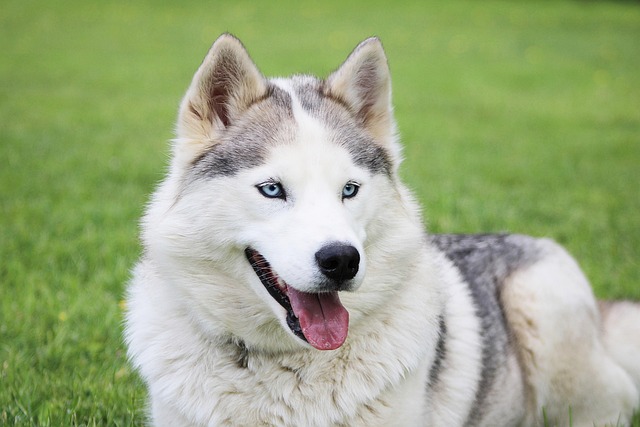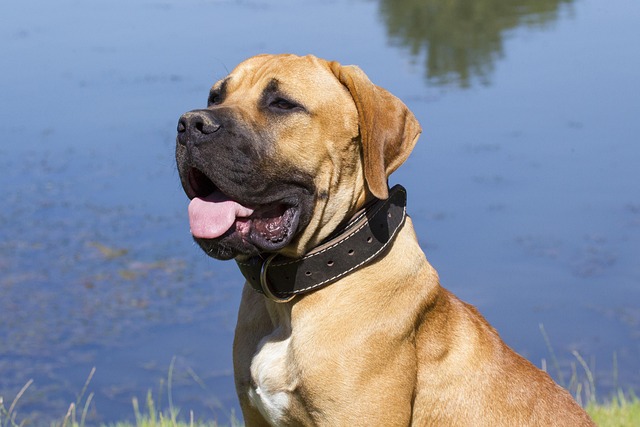I’ll start with a scenario every new U.S. dog parent knows: You’re peeling a ripe banana in your Atlanta kitchen, its sweet scent filling the air, when your 5-month-old Golden Retriever puppy trots over—paws clicking on the tile, tail wagging so hard his whole body shakes. He stares up at you, tongue lolling, and you hesitate: Can dogs eat bananas? It’s a common question, and the answer is a resounding yes—when served right, bananas are a tasty, nutrient-packed treat that fits seamlessly into your pup’s life.
The science behind why bananas work for dogs is straightforward. Unlike dangerous fruits like grapes (which damage kidneys) or avocados (toxic due to persin), bananas have zero harmful compounds. They’re rich in potassium, which keeps your dog’s heart and muscles strong—perfect for a pup who tears around the dog park. Vitamin B6 supports brain function, making bananas great for training days, and fiber eases mild digestive upsets (my Austin vet recommends mashed banana for occasional loose stools). My neighbor learned this firsthand: Her rescue Chihuahua had an upset tummy, and a spoonful of mashed banana settled it faster than any store-bought remedy. The only catch? Natural sugar means moderation—too much can lead to weight gain or messy accidents.
Let’s break down how to serve bananas safely, with real-world tips. First, prep properly: Peel the banana completely (the peel is indigestible and can cause blockages) and slice into bite-sized pieces—think “treat-sized,” not “snack-sized.” For tiny breeds like Yorkies, cut pieces into pea-sized bits to avoid choking. My LA friend freezes banana slices for her Pug in summer; he chews them like popsicles to beat the heat. Portion control is key: A tablespoon per 10 pounds of body weight is enough. My 40-pound Beagle mix gets a 4-slice portion as a post-walk reward—any more, and he has soft stools the next day. Use bananas for positive training too: I taught my pup to “stay” by holding a banana slice; praise and a bite beat scolding every time.

This ties directly to U.S. pet culture and rules. First, safe treat-giving is part of responsible ownership—just like keeping rabies vaccine records current (required in every state, and apartments demand proof). For apartments, store ripe bananas on high shelves or in closed bins (my Chicago roommate’s Pug once stole a whole banana off the counter, leading to a messy cleanup). When walking, toss a banana slice to reward good behavior (like not pulling on the leash)—it’s polite and reinforces training. Always carry poop bags too (cities like NYC fine up to $300 for skipping this)—a well-fed pup with balanced treats has regular potty times. Never force bananas on a pup who turns them down; respect their preferences to build trust.
Watch for cues: A wagging tail when you pull out a banana means they love it, while turning away says it’s not their thing. Bananas aren’t a replacement for kibble, but they’re a wonderful addition to your pup’s diet. Knowing dogs can eat bananas turns a simple kitchen snack into a bonding tool—and that’s exactly what new dog parents need.






